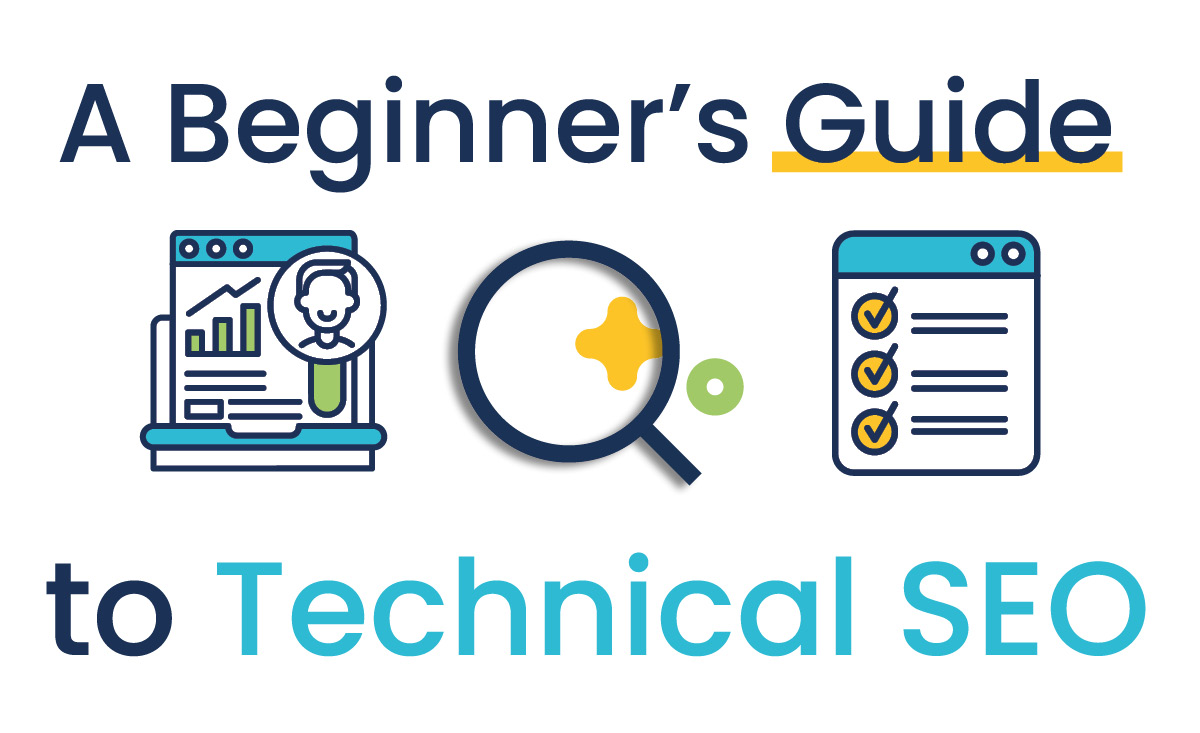
Search engines receive billions of queries every day. SEO – or Search Engine Optimisation – is the process of driving traffic to a website by optimising its contents for a search engine.
When curating optimised content for your website, it’s important to make sure that your content is readable by both humans and search engines – they key to great SEO is finding that balance.
What is technical SEO?
To put it simply, technical SEO is any SEO work done excluding the curation of the actual site content itself. Technical SEO is focused on how well search engines can crawl your site and index your content.
Your website may have the most incredible written content that could generate massive number of conversions, but if the search engines can’t crawl and index your website properly, it won’t rank for any of your target keywords.
For maximum results, content and technical SEO should complement each other. A lot of technical SEO is just that - technical. So, when it comes to making technical SEO improvements, you’ll need to ensure you have good communication with your dev team!
Technical SEO factors:
Knowing the key factors of technical SEO - and how to identify and resolve any technical SEO issues - is the best way to get your webpage ranking on page one quickly for your target keywords.
Page loading speed
Having a good page loading speed is important for a number of reasons. The first is that search engines like Google value fast-loading pages. Ideally, your page should have a loading speed of under two seconds.
If your page takes too long to load, you can also expect to see visitors bounce away from your site. This can also cause your rankings to drop. In fact, even a one seconds delay can cause conversions to drop by 7%.
There are many things that can cause a page to load slowly – this is an issue you’ll need to work in collaboration with your dev team to resolve. Fortunately, there are many online tools that can help you identify issues with your page loading speed so you can formulate a plan of action to resolve them, including PageSpeed Insights.
Mobile Friendly
A majority of searches these days are done from mobile devices, so it’s important for visitor usability that your website is mobile friendly. Search engines have also been known to penalise websites for not being mobile friendly.
When creating a mobile friendly website there are two main approaches. Most people build what’s known as a ‘responsive’ website. Responsive websites can shrink and expand according to the dimensions of the visitor’s device.
A second option is to create two separate websites - one for desktop and one for mobile. But, this is very rare. Most people simply choose to make their website responsive. Not sure if your website is mobile friendly? Google has a useful tool to help you test your websites mobile usability.
https://search.google.com/test/mobile-friendly
Strong site architecture
This is a technical SEO feature that’s pretty much entirely in the hands of the dev team. ‘Strong site architecture’ basically refers to structuring your website in a way that is very self-explanatory and easy for search engine spiders to navigate.
One of the most popular structure options is faceted navigation. Arranging your content into categories can help make it clear to search engine bots which content goes together. Faceted navigation is most commonly used for websites with a large number of listings, such as ecommerce and job recruitment websites.
If your website is currently experiencing crawl errors, you can take a closer look with Google Search Console.
Duplicate content:
This factor is bordering on content SEO rather than technical, but we’re including it anyway! Search engines have been known to punish websites that have duplicate content, and duplicate content is also bad for visitor experience. It can make it more difficult for search engine spiders to determine which page is most relevant to a search term.
There are two main ways in which you can deal with duplicate content affecting your SEO. You can delete the duplicated content, or add a canonical URL to pages with identical content so that Google only indexes the pages you choose. This can help with how search engines view your site, but doesn’t necessarily help with user experience - this is because overusing canonical URLs isn’t recommended.
As you can see, for those who are serious about making their SEO the absolute best it can be, there are a lot of factors to take into consideration. If you’re in need of some professional SEO services, Designer Websites offer all manner of SEO services, including keyword analysis, content creation, link outreach, and site recovery. If you’d like to read more about the different SEO services we offer, check out our website.
Search Engine Optimisation Services
Read More: SEO in 2022: Which Ranking Factors Are Most Important?
